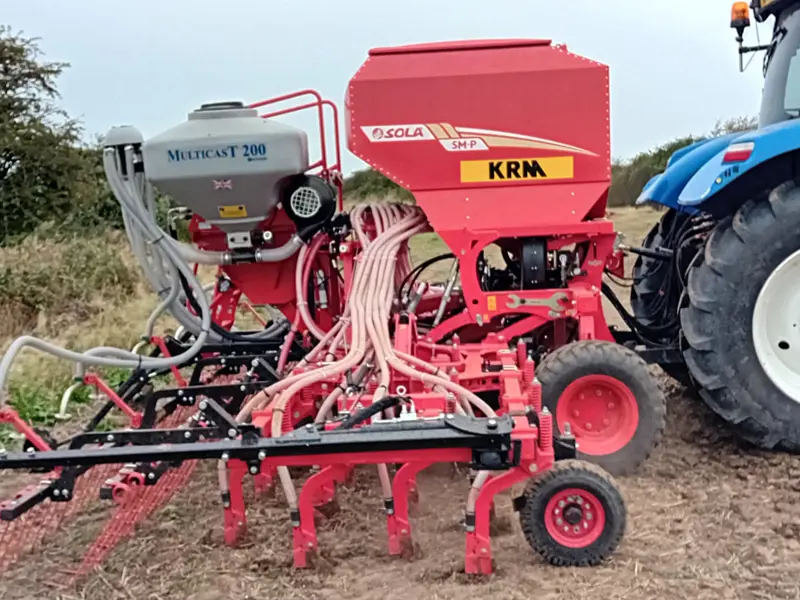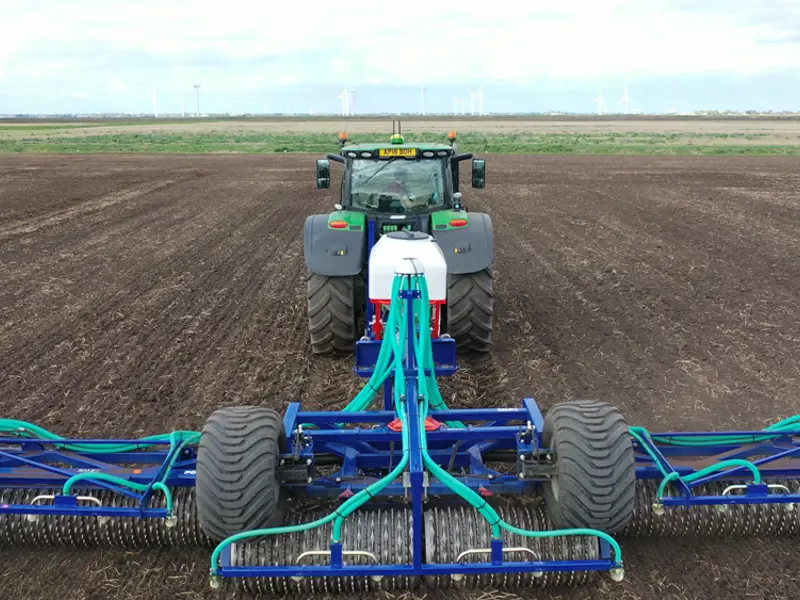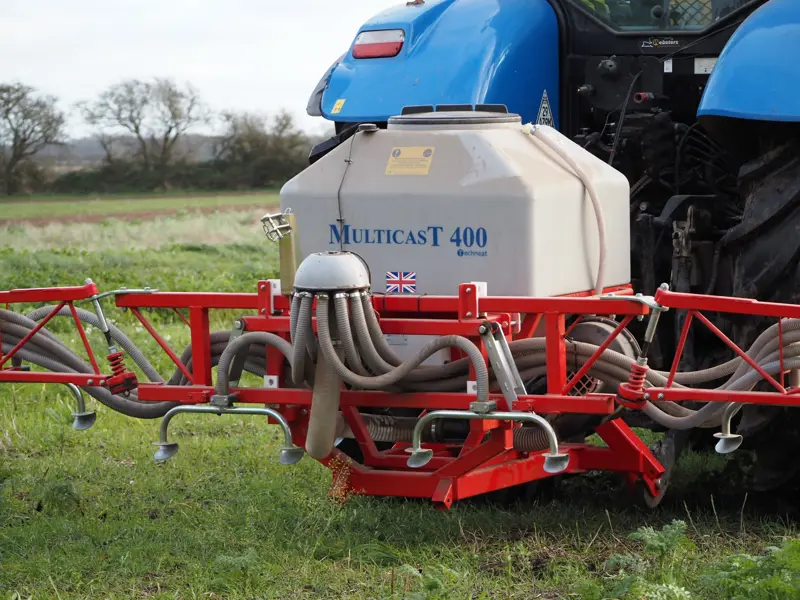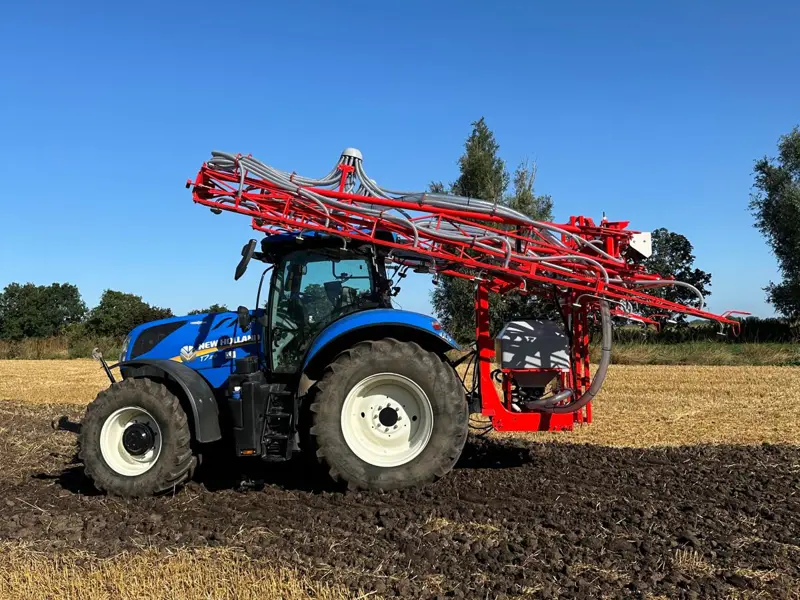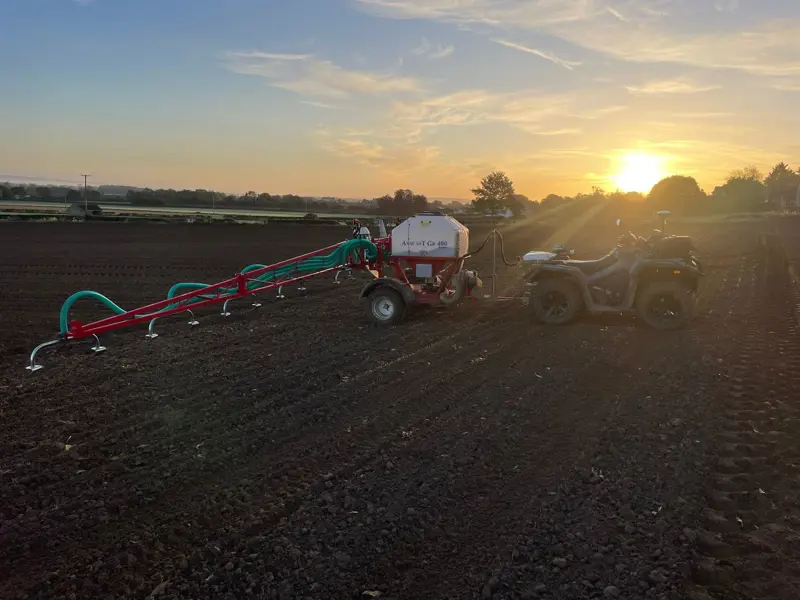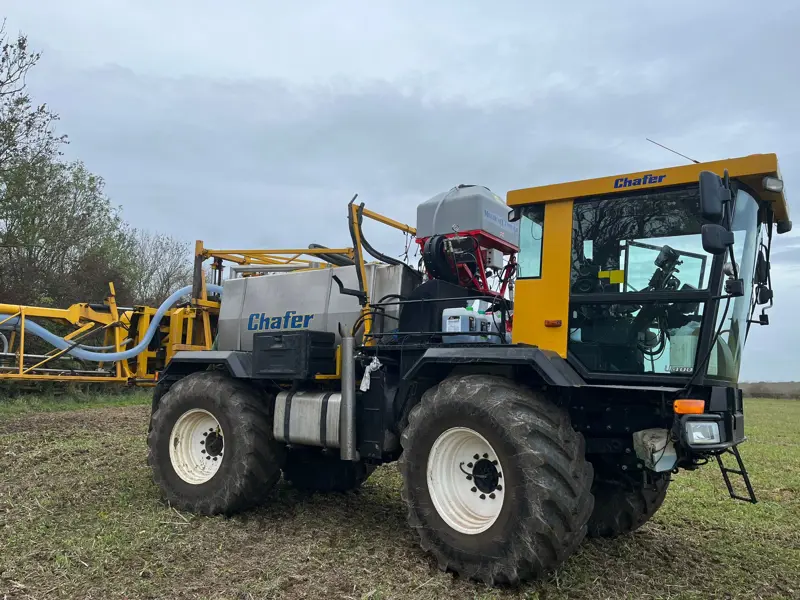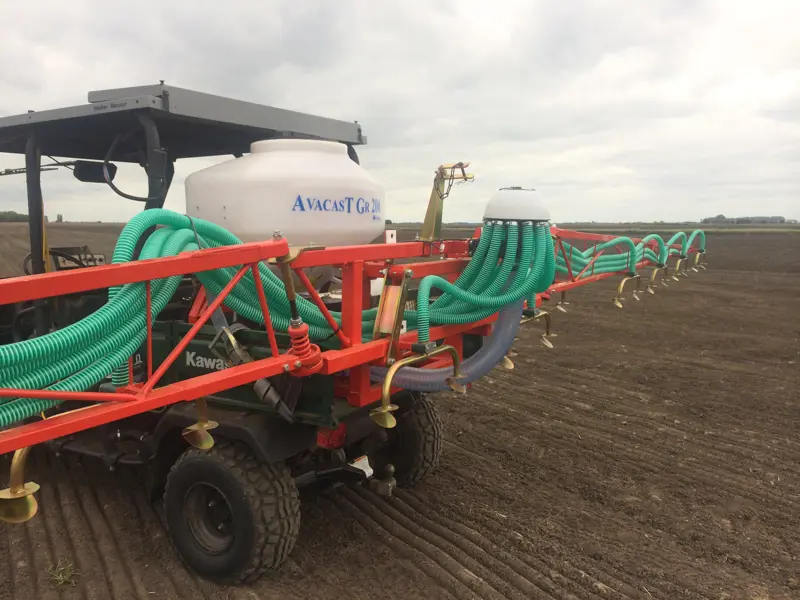Precision Drilling SFI Seed with the Techneat Multicast: A Practical Guide for Farmers
Efficient, uniform seed distribution is the foundation of a successful crop—and when it comes to establishing cover crops or small seeds like SFI (Small Farm Innovations) mixes, having the right equipment is key. One system that's gaining traction among forward-thinking farmers and contractors is the Techneat Multicast.
In this blog, we’ll explore the process of drilling SFI seed using the Techneat Multicast system, and share best practices to help you get the most out of your sowing season.
What is the Techneat Multicast?
The Techneat Multicast is a pneumatic applicator designed for even and accurate distribution of small seeds, granular fertiliser, or micro-nutrients. It's most often mounted on drills, cultivators, or standalone toolbars, making it a highly flexible tool for modern farming systems.
-
Electric fan or PTO drive options
-
Multiple outlets (up to 16)
-
·Adjustable metering system
-
Simple control box or GPS integration
-
Works well for low to medium-rate applications
Why Use the Multicast for SFI Seed?
SFI seed mixes typically include small seeds like clover, mustard, phacelia, and radish—species that require careful handling to avoid over- or under-seeding. The Techneat Multicast offers:
-
Precise calibration for small seed sizes
-
Uniform seed spread across wide working widths
-
Reduced input waste through better control
-
Speed and efficiency, especially when integrated with other field operations
Step-by-Step: Drilling SFI Seed with Techneat Multicast
1. Prepare Your Mix and Machine
Start by preparing your SFI-approved seed mix and ensure it is free of debris or moisture clumps. Clean and inspect the Multicast for blockages or wear.
2. Mount the Applicator
Secure the unit onto your cultivator or drill. Ensure the fan is correctly aligned and that all pipe outlets are clean and unobstructed.
3. Calibration Is Crucial
Accurate calibration ensures compliance with SFI guidelines and avoids seed wastage. Follow these steps:
-
-
Set the machine to your desired rate (typically 10–15 kg/ha for many cover crops)
-
Use the Techneat calibration tray and run a timed test
-
Weigh the output and adjust settings until target rate is achieved
-
4. Field Operation
Engage the applicator once you're in motion. The fan will blow seed through distribution heads and out to outlets, evenly covering the working width. Keep a steady speed and check outlets periodically for consistency.
5. Post-Drill Rolling (Optional but Recommended)
To improve seed-to-soil contact, consider rolling after seeding. This is particularly beneficial for establishing smaller-seeded cover crops.
Tips for Success
-
Mix Size Matters: Lighter seed mixes may separate—keep the seed hopper agitated to avoid settling.
-
Avoid High Wind: Pneumatic systems are sensitive to wind drift, particularly when broadcasting.
-
Monitor Fan Speed: Ensure consistent pressure for even seed spread.
-
Stay SFI-Compliant: Record seed types, rates, and date of sowing as part of your environmental land management documentation.
Final Thoughts
The Techneat Multicast paired with SFI seed provides a fast, efficient, and compliant method to sow cover crops or small-seed mixes. Whether you're building soil health, improving biodiversity, or fulfilling SFI scheme requirements, this approach helps you get the job done with precision and confidence.
Ready to drill your SFI seed the smart way? The Techneat Multicast might just be the tool that transforms your approach.
For more information contact us on 01353 862044 or email info@techneat.co.uk


